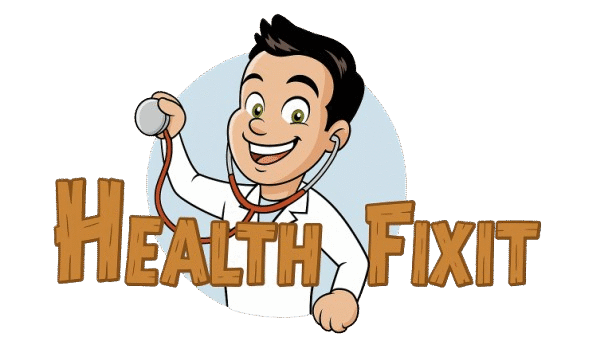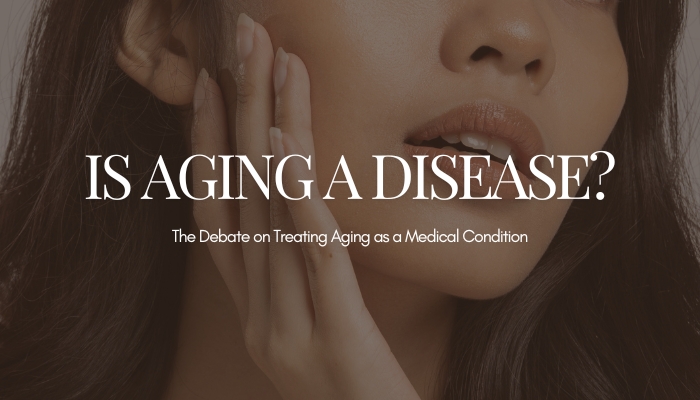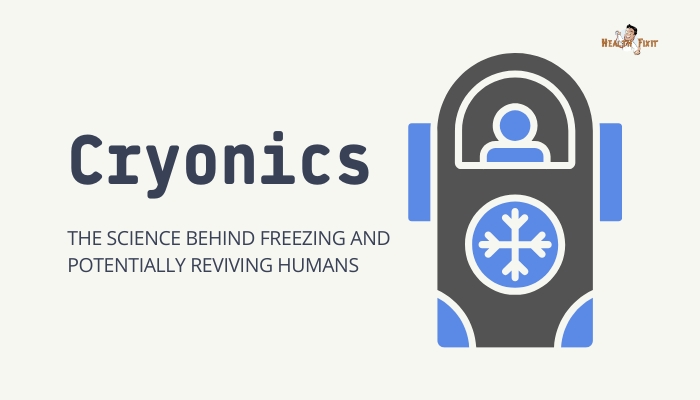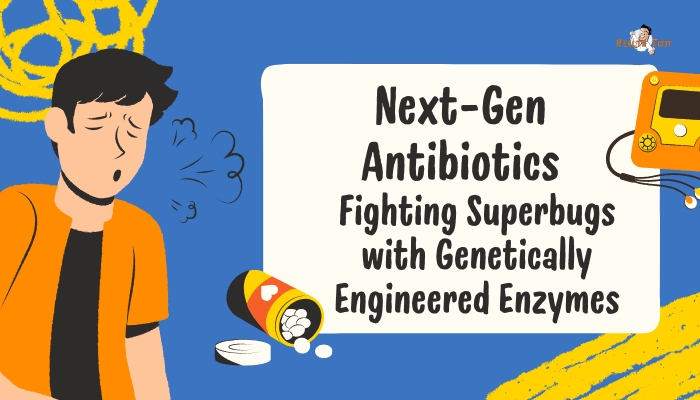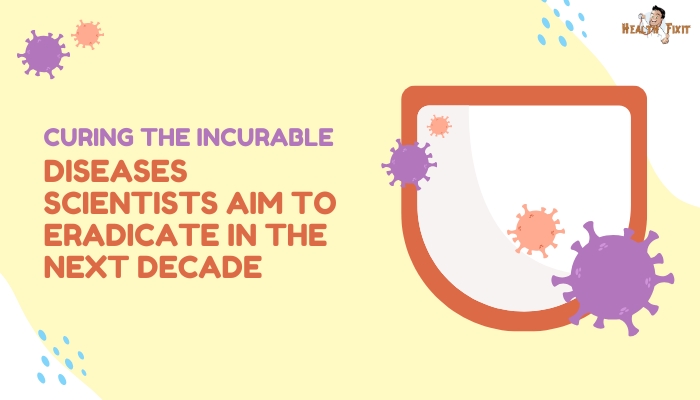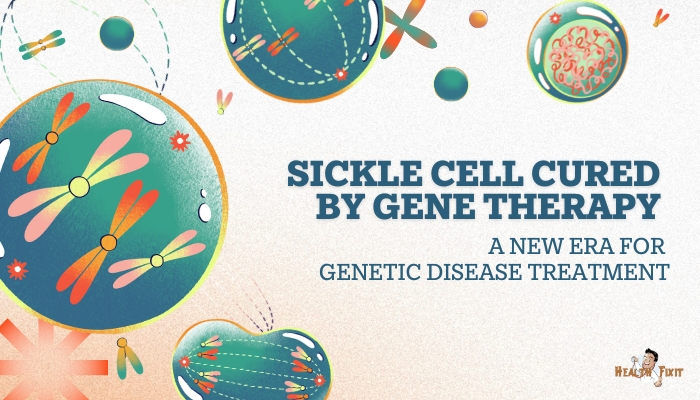Introduction
For centuries, aging has been viewed as an inevitable life process, not a treatable condition. Yet, as science illuminates the molecular underpinnings of age-related decline,
more voices suggest that we treat aging as a disease in its own right—something that might be managed or even reversed.
Doing so would unlock new funding, reclassification of therapeutics, and spark fresh ethical debates. Is aging simply a universal life stage,
or can it be labeled as pathology needing intervention? This article delves into why this question matters, how the conversation is evolving, and what reclassifying aging as a disease might imply for medical practice and society.
The Traditional View of Aging
A Universal Biological Process
Aging is universal among living organisms, characterized by gradual functional decline, increased vulnerability to disease,
and mortality risk. Common wisdom places it outside the scope of direct medical solutions, focusing instead on managing the diseases that come with getting older—like heart disease, arthritis, or cancer.
Healthspan vs. Lifespan
Rather than stopping aging, traditional geriatric medicine has mainly aimed to improve healthspan—the portion of life spent free of serious chronic disease.
This approach rarely identifies aging itself as the primary target; it addresses conditions like diabetes or hypertension individually.
The Current Medical Classification
Global health bodies and regulatory agencies don’t list aging as a disease. Treatments that might modify aging are typically tested to address specific indications (e.g. a drug to treat sarcopenia or Alzheimer’s).
This complicates the path to approving or labeling “anti-aging” interventions.
Arguments for Classifying Aging as a Disease
Pathological Mechanisms
Proponents point to cellular senescence, telomere shortening, mitochondrial dysfunction, and epigenetic drift as hallmark features of aging that drive pathology. They argue these shared mechanisms across age-related diseases suggest a treatable “root cause.”
A Unifying Approach
Treating aging as a disease could unify research that typically segments by organ or disease type. Instead of tackling cancer, heart disease, or Alzheimer’s separately, scientists might target fundamental aging processes, potentially preventing multiple conditions simultaneously.
Regulatory and Funding Advantages
If aging is recognized as a disease or disease-like condition, it opens the door to new research grants, insurance coverage for anti-aging treatments, and streamlined drug approvals.
This shift could dramatically accelerate innovation, akin to how designating obesity as a disease spurred interventions and policy changes.
Counterarguments and Concerns
A Normal Part of Life
Critics maintain that while aging leads to disease vulnerability, it remains a normal, non-pathological process. Labeling it a disease could pathologize natural life events—like menopause or wrinkles—and push unnecessary medicalization.
Ethical and Social Implications
If aging becomes a disease, the push for anti-aging interventions might overshadow acceptance of mortality or natural decline. Others fear a slippery slope to “enhancement” therapies, fueling social divides if only the affluent can afford them.
Complexity and Uncertainty
Aging is extraordinarily complex. Even if we target fundamental hallmarks, no guaranteed single “cure” for aging exists. Some interventions might have unknown long-term consequences. Over-promising “anti-aging drugs” risks commercial exploitation or false hopes.
Potential Benefits of Redefining Aging as a Disease
Funding and Research Focus
Pharmaceuticals developing “anti-aging” therapies might see clearer regulatory pathways if aging is recognized as treatable. Similar to how reclassifying certain disorders as diseases boosted R&D,
labeling aging a disease could bring multi-billion-dollar investments, accelerating breakthroughs.
Preventive Interventions
Viewing aging as treatable promotes preventive strategies—like targeting senescent cells—to pre-empt multiple age-related diseases
This approach could reduce healthcare costs and shift the paradigm from reactive care to proactive “healthspan extension.”
Patient Empowerment
If official guidelines encourage diagnosing and treating aging’s underlying factors, patients might gain new tools, from senolytics to advanced gene therapies. Coupled with lifestyle measures, these interventions could keep seniors healthier, longer.
Real-World Moves Toward This Classification
WHO’s ICD Revisions?
There have been discussions (though contentious) around including “old age” or “aging-related” codes in the International Classification of Diseases (ICD) by the WHO. Such a move would be symbolic—and practical—for global tracking of age-related interventions.
Biotech Startups and Trials
Several biotech firms (e.g., those investigating rapalogs, senolytic drugs, or NAD+ boosters) brand themselves as working against the “disease” of aging. They push regulators to accept biomarkers like epigenetic clocks as endpoints for clinical trials targeting aging itself.
Government Funding
Some countries explore “geroscience” research, acknowledging that tackling biological aging might reduce the burden of multiple diseases.
Government-funded institutes, philanthropic efforts, or big name donors (Gates, Bezos, etc.) are shaping labs investigating how to slow or reverse aging processes.
The Long-Term Implications
Social Shifts
If we effectively slow aging, life phases (like retirement age) might shift drastically, challenging pension systems or workforce structures. The notion of “being old” might become less definitive, altering family and generational dynamics.
Equitable Access
Will advanced anti-aging therapies remain a luxury product? The risk of creating a two-tier society—enhanced vs. normal aging—looms. Public policy must address equitable distribution so longevity gains aren’t reserved for the affluent alone.
Prolonged Healthspan Over Lifespan?
Researchers emphasize that the goal is not indefinite life extension, but to compress morbidity—giving more healthy years rather than a final decade of severe frailty. Society must decide how to balance quantity with quality of extended life.
Advice for Individuals
- Focus on Known Healthspan Factors: Even if official recognition of aging as a disease is pending, lifestyle (healthy diet, exercise, stress management) remains key to extending healthy years.
- Stay Updated: If or when new therapies targeting core aging processes become available, they’ll likely be tested first in clinical trials. Follow reputable sources to avoid hype or unproven “anti-aging” scams.
- Engage in the Debate: Whether you support or oppose classifying aging as a disease, voice your perspective. Policy decisions and cultural acceptance rely on broad public discourse.
Conclusion
Whether aging should be labeled a disease is more than a semantic question—it’s about how society invests in,
regulates, and possibly harnesses medical interventions to extend healthier life. For proponents, classifying aging as a disease invites resources and unified research to address the root of many chronic conditions.
For skeptics, it’s a slippery slope that risks medicalizing a natural process and aggravating social inequalities. As science marches on—unraveling deeper layers of gerontology—the debate will intensify.
Ultimately, the lens through which we view aging may reshape healthcare priorities, economic planning, and even the essence of what it means to grow old.
References
- López-Otín C, Blasco MA, Partridge L, Serrano M, Kroemer G. The hallmarks of aging. Cell. 2013;153(6):1194–1217.
- Kennedy BK, Berger SL, Brunet A, et al. Geroscience: Linking aging to chronic disease. Cell. 2014;159(4):709–713.
- Longo VD, Antebi A, Bartke A. Interventions to slow aging in humans: are we ready? Aging Cell. 2021;20(9):e13421.
- Heydari AR, Glover-Cutter K, Malek RL, Taffet GE. Biomedical significance of aging as a disease. Curr Genomics. 2020;21(6):435–446.
- Gems D. Tragedy of the commons approach to the classification of aging as a disease. Nat Aging. 2021;1(5):407–411.
- Bhasin S, et al. Reframing aging: is the concept of disease the next step? J Gerontol A Biol Sci Med Sci. 2021;76(5):757–766.
- Campisi J. Senolytics and other new therapeutics in the future of aging. J Intern Med. 2019;286(2):177–189.
- Sawyer SM, Mitchell JA. The policy and ethical implications of calling aging a disease. Bioethics. 2020;34(2):138–145.
- Sinclair DA, LaPlante MD. Lifespan: Why We Age—and Why We Don’t Have To. Atria Books; 2019.
- Niccoli T, Partridge L. Ageing as a risk factor for disease. Curr Biol. 2012;22(17):R741–R752.
